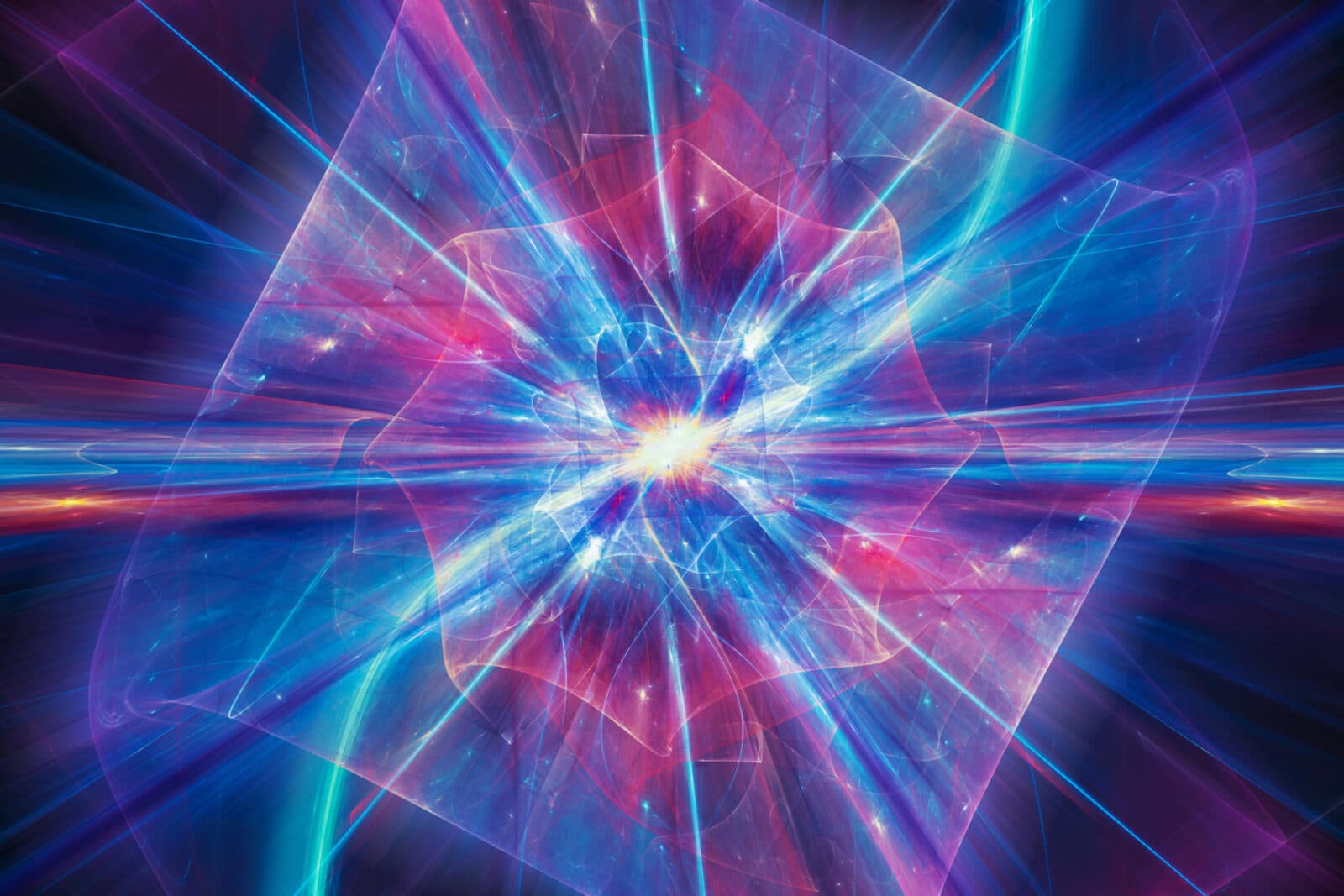On the Hunt for Dark Matter, Going Where the Theories Lead
by Adam Hadhazy
Bryan Webber of the Kavli Institute for the Physics and Mathematics of the Universe's Collider Phenomenology group reflects on his research experiences and life at the Institute

The Author
The Researcher
With a name as encompassing as the Kavli Institute for the Physics and Mathematics of the Universe, one would think that Kavli IPMU has a grandly scientific purview to match—and indeed, the Institute does. The rich and varied Research Program at Kavli IPMU features 20 different topics that run the gamut from theory to experiment in areas including astrophysics, cosmology, physics, mathematics, and even the development of hardware for scientific and medical instruments. A dedicated group of researchers attends to each Research Program topic, striving to push the fields forward.
One topic with an intriguing, albeit perhaps enigmatic name, is Collider Phenomenology. The "collider" in question refers to particle colliders, also known as particle accelerators or colloquially as atom smashers. These machines are workhorses for particle physicists, having driven profound discoveries about particles and their fundamental interactions for decades. The "phenomenology" bit refers to bridging the gap between theory and experiment—critical in any scientific field, naturally, but all the more so in particle physics, where nothing is tangible or directly able to be experienced, and the scales are ultra-Lilliputian.
One member of Kavli IPMU working in the Collider Phenomenology group is Bryan Webber. He's been a Visiting Senior Scientist at Kavli IPMU since 2014 and he maintains an affiliation as an Emeritus Professor of Theoretical Physics at the University of Cambridge. Webber has had a long and distinguished career, highlighted by his winning of multiple prestigious awards from physics organizations worldwide.
Webber's work at Kavli IPMU is a classic example of the intersection between theory and experiment. His research has focused on ways we might discover and identify a mysterious substance, called dark matter, at the most powerful particle collider ever built, the Large Hadron Collider. Dark matter has flummoxed scientists for close to a century now. It's the nebulous term given to the matter that is unseen but is nevertheless "felt," through gravity, acting as a sort of glue to prevent spinning galaxies from chucking their stars out into space. Available evidence points to dark matter particles outnumbering regular matter particles by a ratio of around 5:1, yet to date we have no direct evidence of what dark matter particles may be like.
Scientists including Webber have been hopeful that the Large Hadron Collider (LHC) could provide that evidence. The collider pounds particles together at blistering energies, a process that forms fleeting new particle arrangements. According to theories of supersymmetry, worked on by Webber and others, some of those particles could be partners to known particles, dubbed superpartners. These superpartners would share many characteristics with their partner particles but differ on some fundamental properties. Attractively, superpartners slot in nicely as dark matter candidates.
In this way, supersymmetric particles would serve as an extension of the Standard Model, the extremely successful framework describing elementary particles. Webber has been a party to the Standard Model's diligent construction.
"My research career started in the 1960s when there were amazing discoveries in particle physics that we didn't know how to interpret," says Webber. "Then the Standard Model was formulated and verified in a huge range of contexts, which was exciting."
The final piece of the Standard Model, the Higgs boson, actually was discovered at the LHC back in 2012. Hopes have soared that the LHC could even do one better by going beyond the Standard Model and into the realm of supersymmetry.
Specifically, as Webber explains, he and his colleagues have set expectations for what a signature of a highly plausible dark matter superpartner of the Higgs boson would look like. As the LHC has stacked up years and years of data since it first switched on in 2009, though, this signature, as well as any others suggesting supersymmetry, have not emerged. The experience has admittedly been deflating for Webber and his co-scientists.
"Unfortunately, it looks increasingly likely that Nature works in a different way, or that the superpartners are there but too massive for the LHC to make them," says Webber.
Even if the LHC cannot reach the energy scales necessary, researchers have not exhausted their options in seeking dark matter superpartners. Webber has also begun looking at "natural" particle colliders in the form of cosmic rays. These are particles—typically protons and atomic nuclei—produced by various astrophysical phenomena. The rays smack into molecules in Earth's atmosphere with energies even higher than those achievable in the LHC, thus breaking into new territory for particle physics. Cosmic rays are accordingly ripe for theoretical exploration.
"I have worked on the possibility that dark matter particles are superheavy but decay or annihilate each other very slowly, producing high-energy Standard Model particles that could explain some puzzling features of the observed cosmic ray spectra," says Webber. That work is ongoing, and with more cosmic ray data accumulating all the time, it may yet bear dark matterful fruit.
It's all in a day's work at Kavli IPMU, a place Webber has enjoyed being. "Kavli IPMU is a great place to work," says Webber. "The building, the staff, the teatime break in the central area where everybody gets together, the lunch places nearby where people with common interests eat together, all contribute to a really stimulating research environment."
Webber's and others' search for dark matter will go on, both at new, artificial, human-built colliders, as well as those natural particle colliders in the sky above.